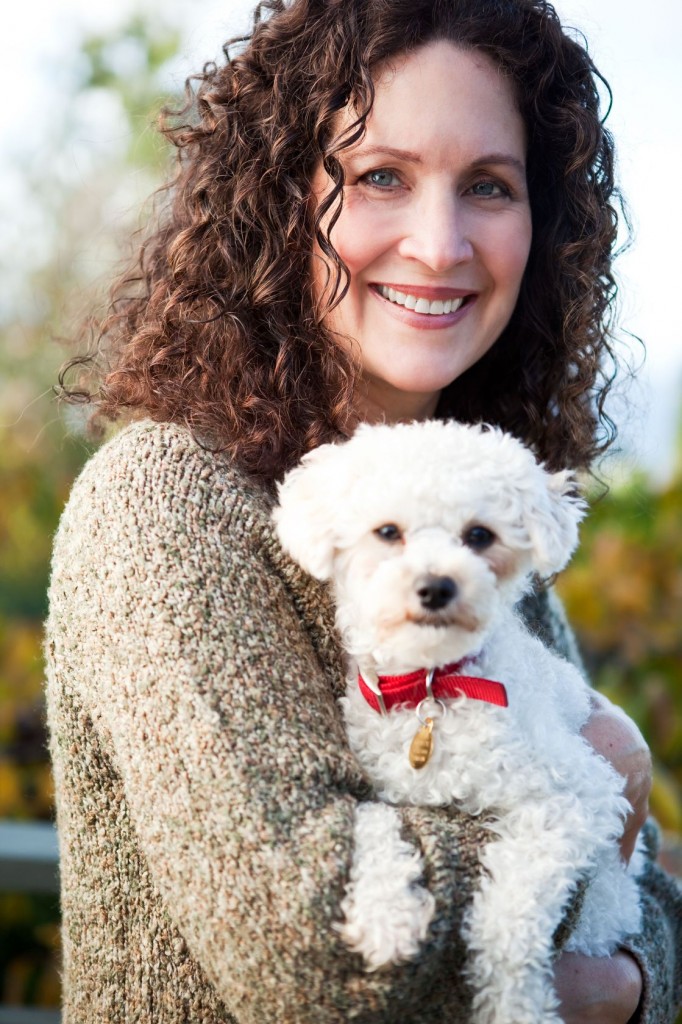 As professionals, we need to take charge of the conversation. You do it at check-in.
As professionals, we need to take charge of the conversation. You do it at check-in.
We are the educated ones… We know what can or cannot be done for a pet based on its’ current condition. Clients come to us to solve their problems. It does not mean they know what is best for their pet. In most cases, they are clueless to the amount of time and work involved to properly groom their dog.
In order to create a win-win situation for everyone involved – client, dog, business – the client needs to be crystal clear of what can or cannot be done for their pet on that day and the cost involved.
Asking the client an open ended question like, “What do you have in mind for Fluff today?” does not leave you in control. The client is. Whenever possible, limit the answers a client can give you to two one of two options such as:
- Yes or no
- Short or long
- A half an inch or an inch
The list below is a sample of the areas that need to be addressed with all clients as they come into your salon. Remember, you are a problem solver. Be a good observer and an excellent listener to help direct and guide the line of questions to create a win-win situation for everyone.
- What type of procedure is being done for the pet today? Full trim? Bath & Brush?
- Is what the client desires for the pet in the best interest of the pet? Can it be done?
- How much will it cost? Will there be any extra charges due to the condition of the pet?
- How long will it take?
- If a trim is being done, use the concepts from the Theory of Five to ask questions concerning the length of certain areas on the body:
- body style
- head style
- ear length
- foot style
- shape and length of the tail
- The breed type will normally help you narrow down a line of questioning to use for the client. Whenever possible, only give the client two options for choices. If you were dealing with a Shih Tzu and were discussing a pet with long, dirty ears it might go like this:
YOU: Boy. Fluff’s ears look really dirty this time. Would you like us to shorten those for her to help keep them cleaner?
CLIENT: Would that help?
YOU: It sure would. They are getting dirty from dragging in her food dish and when she goes outside and investigates all those messages left for her from other critters. Here are two great options. #1) We could either trim them so then just clear her nose, which will solve most of the problem or #2) Many people find short clippered ears really cute on these guys with little round head styles. We call that a ‘teddy ear’… Which would you prefer?
CLIENT: Oh, I think a clippered ear would be too short. Let’s go with the one that’s a little longer.
As you communicate with your clients always remember: whoever is asking the questions is in charge of the conversation. If you want a more enjoyable day, ask simple questions when communicating with your clients. Take charge. Ask the questions that can control your day.


